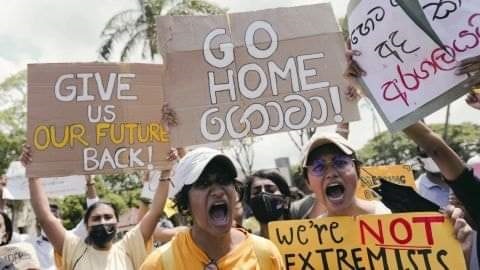The Sri Lankan people are making their protest on the streets felt with FORCE, holding Gotabaya Rajapaksa’s government in check and demanding his resignation.
The economic and health emergency is total. A shortage of medicines and petrol, rising prices, rolling blackouts and shortages of essential goods have inflamed thousands of protesters.
Popular anger is directed at the power of the Rajapaksa family in the country’s politics. Mahinda, the elder brother of the current president, Lieutenant Colonel Nandasena Gotabaya Rajapaksa, has already held the top office twice between 2005 and 2015, opening a period of nepotistic practices and corruption allegations.
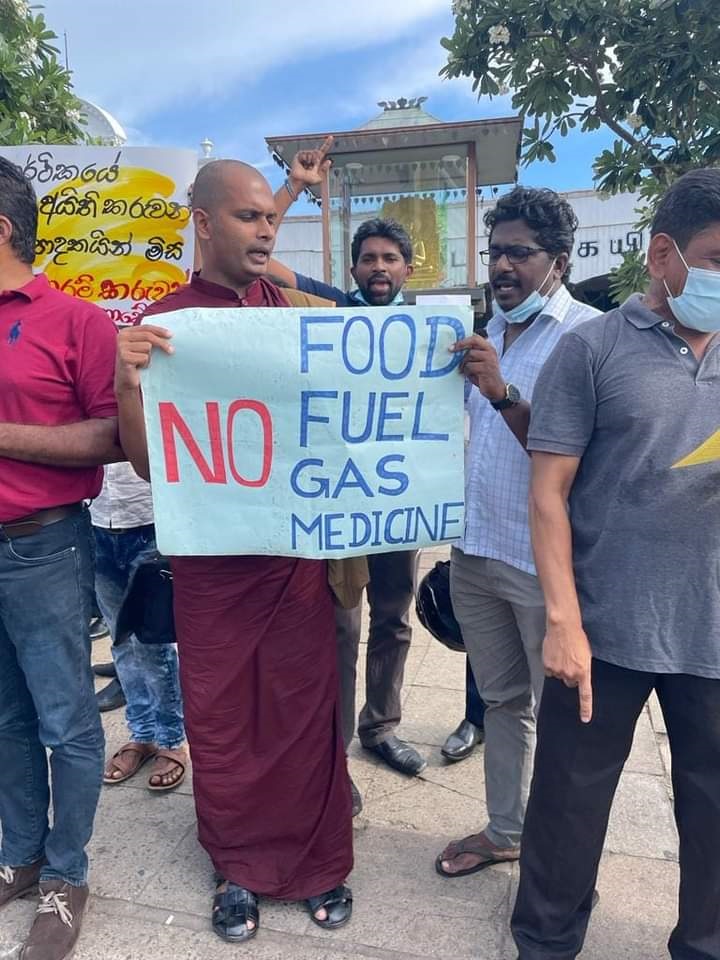
The government responded to the demonstrations by imposing a 3-day state of siege, restricting digital platforms, arresting protesters and censoring critical journalists. Far from frightening the population with these measures, the protest intensified and became widespread across party lines, demanding radical transformations.
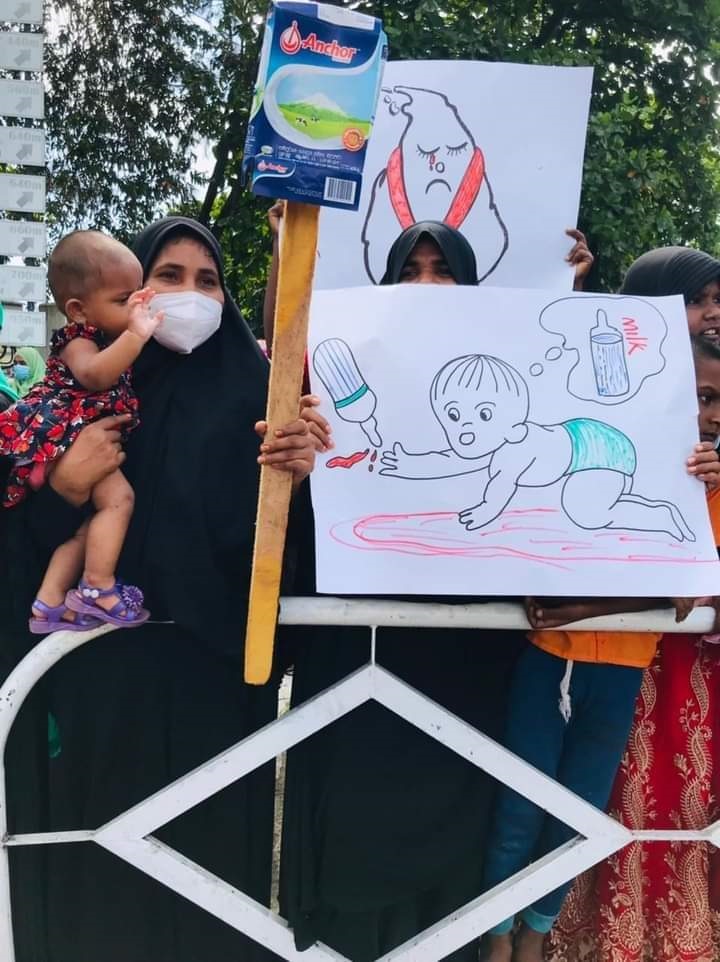
Meanwhile, several members and allies of the Rajapaksa family in important government positions were reported to have left the country.
This Saturday the chants and placards of the marchers were more than explicit. “GotaGoHome” was again chanted by tens of thousands of women and men at the promenade in the capital Colombo.
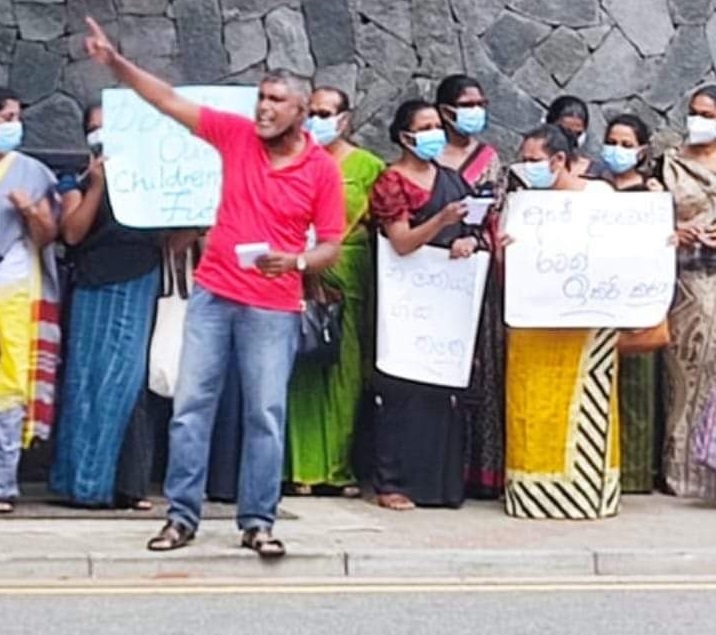
It appears that the major economic groups that financed Gotabaya’s presidential campaign have also begun to withdraw their support for the president and his family.
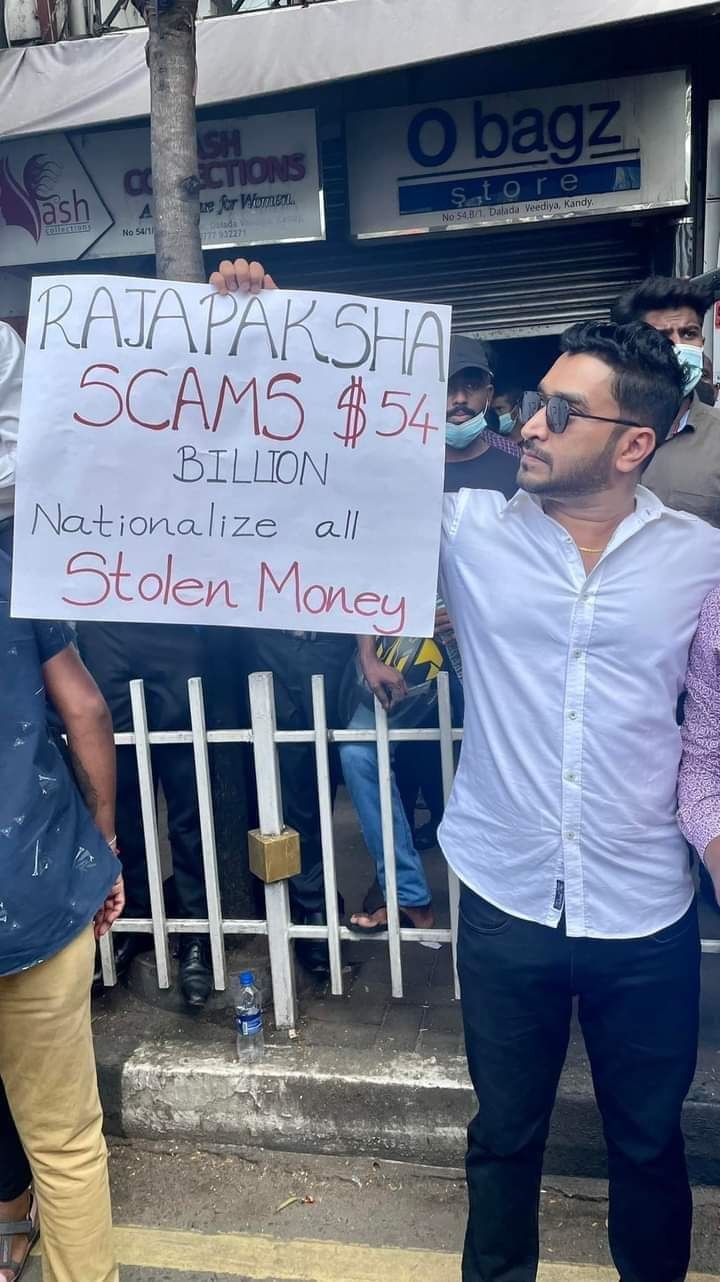
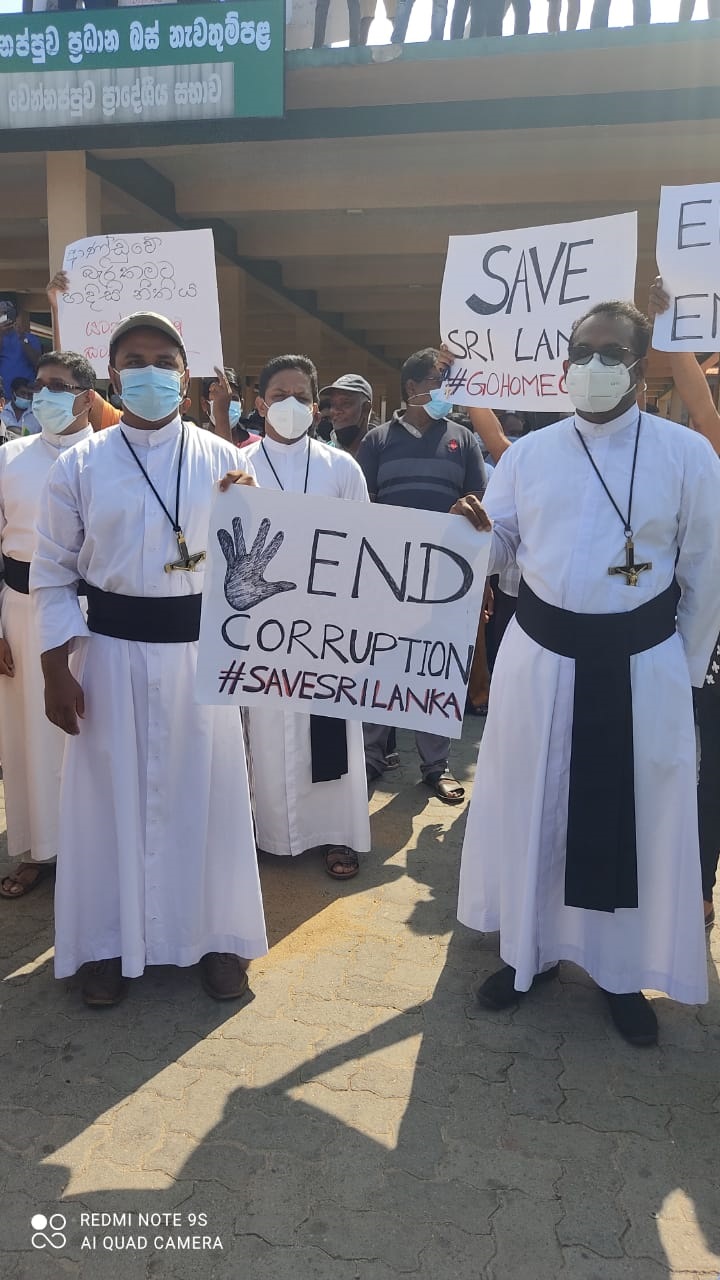
Analysts point out that the country has not been able to heal the wounds of the long civil war (1983-2009), which resulted in the deaths of close to 100,000 people and numerous human rights violations on both sides.
While the protest at this critical juncture is led by the country’s Sinhalese majority, the Tamil population in the North also harbours strong resentment against the ruling family.
The future awaits a new dawn in Sri Lanka, the present is one of struggle. All communities in the country agree.
Photographs by Aruna Shantha Nonis


